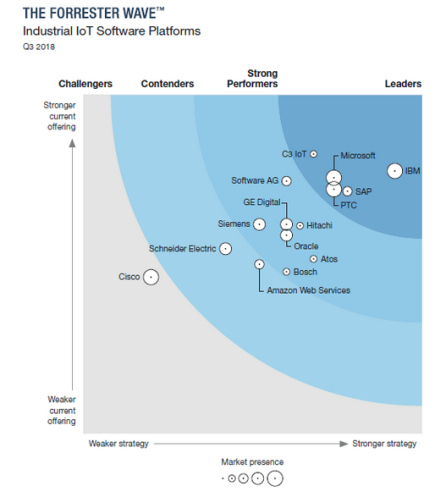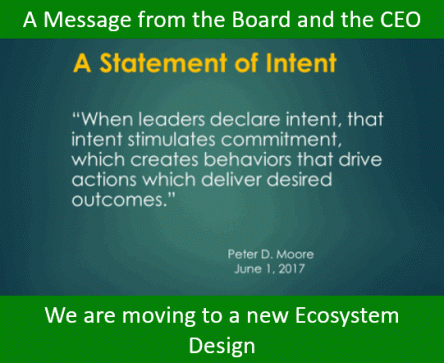 We have ABB forming a JV with Dassault Systems. We have Rockwell firstly linking up with PTC and now a Rockwell and Schlumberger tie up. They will significantly make a difference in the complexity of those offering Industrial IoT platform solutions.
We have ABB forming a JV with Dassault Systems. We have Rockwell firstly linking up with PTC and now a Rockwell and Schlumberger tie up. They will significantly make a difference in the complexity of those offering Industrial IoT platform solutions.
What do these strategic moves mean to the IIoT market and to potential clients?
In some way, they indicate levels of consolidation, the realism of how to compete, and catch up with the bigger IIoT Platform investors today, that have been pushing and pioneering the IIoT market.
The two, GE with its Predix IIoT platform and Siemens and its Mindsphere one, are equally facing a certain crossroad in future decisions. I’ll outline later in this article or have raised questions previously in past posts. The impact of these competitors joining the fray is certainly announcing this market is getting highly competitive.
What will be future decisions for others offering more niche platform solutions as well, such as Bosch and Schneider Electric? More is yet to come but when you begin to see multiple announcements in acquisitions, partnerships, and JV’s, then you know the market is entering its next phase of growth – that crossing the chasm, one that is entering a very competitive positioning to grab market share and client wins. Investment decisions are perhaps about to get even bigger or solution sets more “imaginative” to attract clients into making their commitments.
Firstly, a short snapshot of the recent Partnership announcements

 In June 2018 we saw that Rockwell Automation (ROK) made a $1 Billion investment into PTC that will give Rockwell just under a 9% ownership interest in PTC. I decided to wait to look at this. Now here is the time for a review eight months later.
In June 2018 we saw that Rockwell Automation (ROK) made a $1 Billion investment into PTC that will give Rockwell just under a 9% ownership interest in PTC. I decided to wait to look at this. Now here is the time for a review eight months later.
 I feel 2019 will be a make or break year for the platform providers for IIoT solutions. We are getting a real sense of clarity on who is leading the pack, who is struggling to keep up and some becoming real laggards, that need to change their game dramatically to stay in the platform hunt.
I feel 2019 will be a make or break year for the platform providers for IIoT solutions. We are getting a real sense of clarity on who is leading the pack, who is struggling to keep up and some becoming real laggards, that need to change their game dramatically to stay in the platform hunt. Software stacks. This conquers up a certain mystery for me, so I decided to order up a plate to see if I can digest all they seem to be offering.
Software stacks. This conquers up a certain mystery for me, so I decided to order up a plate to see if I can digest all they seem to be offering. Ecosystems in our business thinking have suddenly become of age, they can enable cross-cutting innovation to be delivered in highly collaborative and dynamic ways. Understanding the value of working within an ecosystem is becoming critical to understand.
Ecosystems in our business thinking have suddenly become of age, they can enable cross-cutting innovation to be delivered in highly collaborative and dynamic ways. Understanding the value of working within an ecosystem is becoming critical to understand. There are twin forces at work, feeding off each other and innovation can become the greater unifier. We are facing greater disruption and an increasing innovation and technology pace. These are constantly combining, relentlessly adding a new shape to our future. We are actually caught up in a very revolutionary period.
There are twin forces at work, feeding off each other and innovation can become the greater unifier. We are facing greater disruption and an increasing innovation and technology pace. These are constantly combining, relentlessly adding a new shape to our future. We are actually caught up in a very revolutionary period.
 Ecosystems have become a really hot topic. As we gain the understanding of what a dual strategy approach to what our business could look like, you need to recognize what you still need control of, those you call your core assets. Yet at the same time, to explore and expand out more today we need to build better external collaborative approaches.
Ecosystems have become a really hot topic. As we gain the understanding of what a dual strategy approach to what our business could look like, you need to recognize what you still need control of, those you call your core assets. Yet at the same time, to explore and expand out more today we need to build better external collaborative approaches.